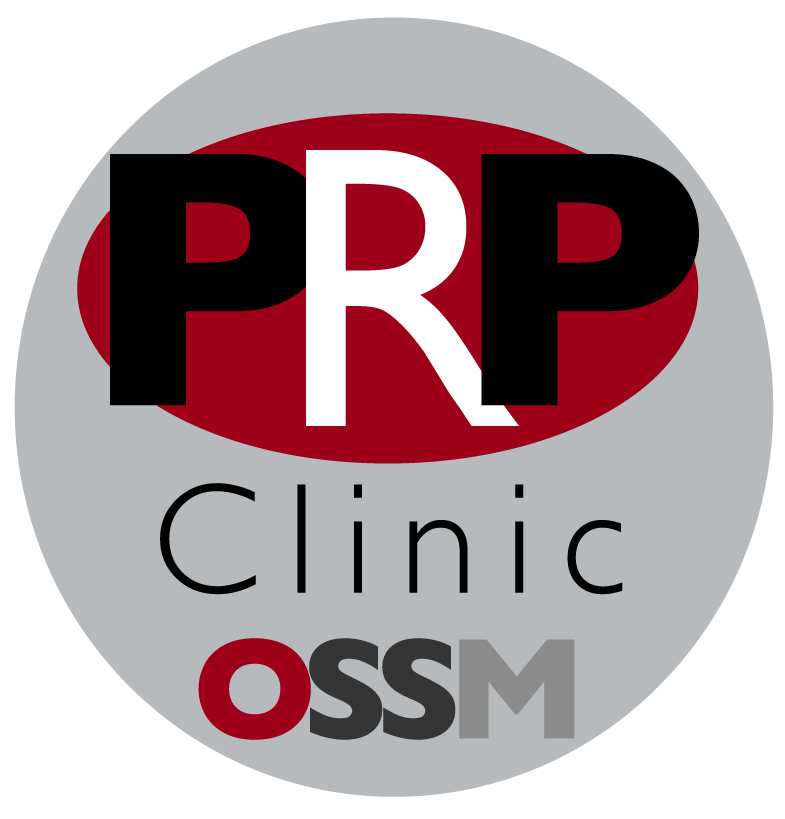The creation and injection of PRP takes about 30- 40 minutes, is an outpatient procedure, and is undertaken by a medical doctor. Prior to the procedure, your doctor will ask you some questions about your condition and general health. Active skin infections at the the injection site or platelet disorders are contra-indications.
Please bring any x-rays and scans you have of your condition.
There is no need to fast prior, in fact it is best if you drink lots of water before coming. Wearing loose clothing that allows easy exposure of the knees or tendon injury site is reccomended.
How is PRP Created ?
The procedure involves collecting the patient’s blood using specialised equipment- very similar to a regular pathology blood test collection.
The blood is then transferred into a sterile TGA approved medical PRP device and undergoes processing in a centrifuge for 5 minutes.
After centrifugation, the platelets are visible. These are precisely collected into a syringe along with some plasma and this sample, is known as PRP and will be injected into the affected joint.
How is PRP Injected ?
If the injection is into a knee joint for osteoarthritis:
First the injection site is marked with a surgical marker. After sterile skin preparation, quick acting local anaesthetic is injected into the skin near the kneecap. After a few minutes, the PRP is injected into the knee through the anaesthetised skin, entering the joint capsule just above the kneecap. The Local anaesthetic is not injected into the knee joint, but injecting it into the skin takes the majority of the injection pain. Once in knee, the PRP is activated by the local environment.
If the PRP injection is for tendon injuries:
First the injection site is marked with a surgical marker. After sterile skin preparation, quick acting local anaesthetic is injected into the skin & fat overlying the tendon. The injection site will be chosen based on the MRI and local tenderness. Ultrasound may also be used to guide the needle close to the tendon.
Aftercare
After the injections, strenuous exercise is best avoided for 24 hours, as is excessive alcohol.
Keep the injection site clean and dry for 24 hours.
The benefits of the PRP should be noticed about 4-8 weeks after the first injection. Plan a more flexible work schedule in the few days after the injection in case you do suffer some pain or swelling for a few days.
Side Effects
Common adverse effects can include knee pain for 24- 48 hours or swelling & bruising at either injection site. Apply ice for few hours after if you experience pain at the injection site. To avoid skin "cold burn", wrap the ice in a towel to avoid direct skin contact and use for 20 minutes on, 20 minutes off.
Uncommon or rare adverse effects include dizziness, nausea or feeling generally unwell.
Severe complications, such as infection are very rare. If you suffer worsening knee pain and swelling after 48 hours post-injection, please seek medical advice from OSSM during office hours or an emergency centre after hours. Pain, swelling or skin redness in the first 48 hours post injection is very rarely an infection, and usually due to post-injection inflammation.
While these side effects are uncommon, it's best to plan a more flexible work schedule in the few days after the injection in case you do suffer some pain or swelling for a few days.
Avoid suddenly increasing your activity as your knee starts to feel better, rather slowly increase activity over a few weeks.




